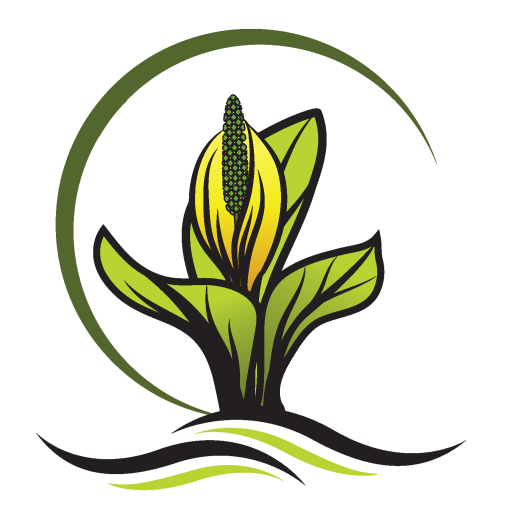Is It Time For Thyme?
Is it Time for Thyme?
Do you have a small patch of lawn in a sunny spot that just doesn’t seem to want to do well? — or that you want to make more pollinator-friendly? You may want to consider converting it to a patch of thyme!
Here are some of the benefits:
- It blooms! You will be benefiting those aforementioned pollinators. And it smells great when you step on it.
- During this summer’s drought, the established thyme ‘lawn’ shown in the photo below stayed green and healthy with just one or two little sprinkles of water.
- Poor soil is actually preferred by thyme and it doesn’t require fertilization to remain healthy.
- Very few harmful insects are attracted to it, nor is it affected by disease.
Issues that aren’t so beneficial:
- Thyme is not good in a high-traffic area. It will accept some traffic but not a lot. That being said, if you can get from Point A to Point B following the same path, stepping stones look wonderful amongst a field of thyme.
- As mentioned, thyme blossoms will attract pollinators and some of those will be stingers!
Some considerations:
- Your site should have good drainage and good sun exposure.
- Make sure you plant the right variety of thyme. Most people choose a ground cover thyme (Thymus serpyllum), red creeping thyme (T. Coccineus Group) or woolly thyme (T. pseudolanuginosus).
- Bushy thymes are also a good choice and include common thyme (T. vulgaris), broadleaf thyme (T. pulegioides) or lemon thyme (T. citriodorus). For some uses, they may even be a better choice than the lower growing thyme due to the fact that they grow in a bushier format and they tend to have a denser habit therefore keeping weed seeds more at bay.
- If you are thinking about converting a large area, seeds work best (less expensive) but they will require more watering and weeding and take longer to establish (2 to 3 years).
- There is such a thing as a ‘plug tray’ (search Richters online–a plug tray of 90 costs $70). Space plants about 20 cms apart.
- If you’re converting a small area, buying individual plants won’t be too cost prohibitive. Plants should be spaced about 35 cms apart.
- Before planting you will need to prep the area by either removing whatever is growing on the site or covering the area with cardboard (or 7-10 sheets of newspaper) and then adding about six inches of soil.

The conversion, if done by planting individual thyme plants, takes about a year if you space as shown in the photo (and you have the right conditions). The thyme in the foreground was planted in the spring of 2020. The thyme in the background was planted in June 2021 just a week before the heat dome when temperatures hit about 37C in this sheltered, west facing area. Amazingly, the thyme didn’t miss a beat. It was watered every other day, but not overly. It is one tough plant!



